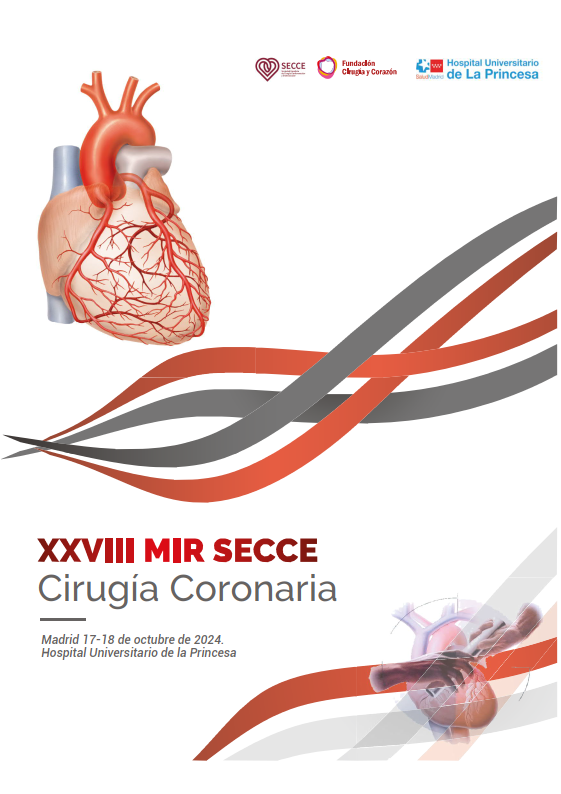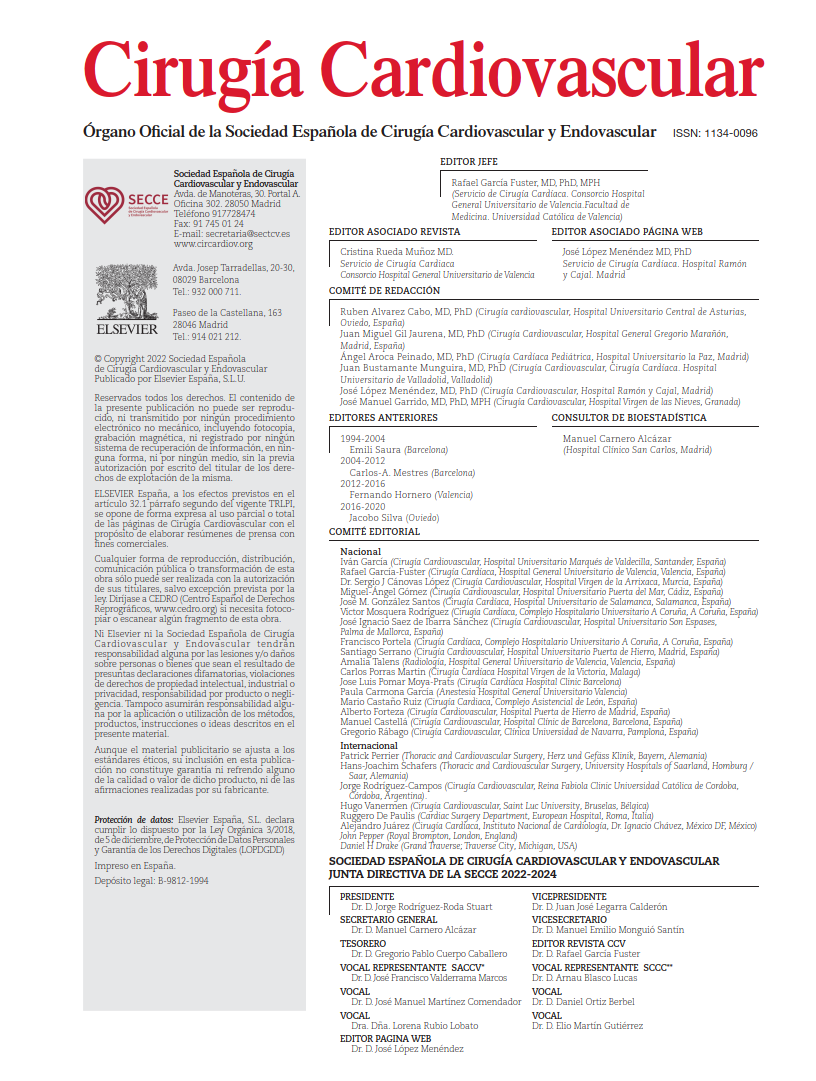PPM implantation following cardiac surgery is a relatively frequent complication, although incidence varies depending on patient characteristics, institutional practices, and surgical approach. Over the past decade, the global rate of PPM implantation has increased, particularly in association with transcatheter valve replacement, surgical ablation for atrial fibrillation, and tricuspid valve repair performed during mitral valve surgery.
Accordingly, the present study aimed to investigate the long-term effect of PPM implantation on survival after cardiac surgery. A systematic review was conducted using major databases, identifying randomized and observational studies published through October 2023 that reported outcomes with a minimum of 6 months of follow-up. Studies were required to exclude patients with preoperative pacemakers, those undergoing heart transplantation, or those with congenital heart disease to ensure a homogeneous study population. The primary endpoint was all-cause mortality during follow-up; the secondary endpoint was heart failure rehospitalization, given its established association with deleterious effects of chronic right ventricular pacing.
From 2941 screened articles, 137 were deemed potentially relevant, and 28 studies published between 1998 and 2023 met inclusion criteria. For the primary endpoint, 183,555 patients were analyzed (PPM group: 6298; non-PPM group: 177,257). For the secondary endpoint, 57,071 patients were included (PPM: 1925; no PPM: 55,146).
Eight studies assessed the impact of PPM implantation after surgical aortic valve replacement (SAVR), while six focused on mitral valve surgery. The weighted median follow-up was 79.7 months. The mean patient age was 67.4 years, and 37.3% were female. Preoperative atrial fibrillation was present in 30.4% of patients, more frequently among those undergoing mitral valve surgery. The mean STS-PROM score was 2.63%, and mean left ventricular ejection fraction was 52.1%. Overall PPM implantation incidence was 3.4%, most commonly for atrioventricular (AV) block, followed by sinus node dysfunction. The mean interval between cardiac surgery and PPM implantation ranged from 6 to 15 days.
In terms of long-term outcomes, PPM implantation was associated with increased all-cause mortality during follow-up (HR = 1.22; 95% CI, 1.08–1.38; p < .01). When analysis was restricted to studies with predominantly aortic valve surgery, the increased mortality persisted (HR = 1.32; 95% CI, 1.14–1.49; p = .08). PPM was also associated with greater risk of heart failure rehospitalization (HR = 1.24; 95% CI, 1.01–1.52; p = .04). Meta-regression analysis revealed a significant association between surgery type and all-cause mortality, indicating that the adverse impact of PPM was most pronounced in patients undergoing aortic valve surgery. Conversely, the association appeared to be attenuated in mitral and tricuspid valve procedures. Advanced age and a higher proportion of AV block as the PPM indication were also linked to greater mortality risk. No significant associations were found with surgical ablation, sex, preoperative atrial fibrillation, or sinus node dysfunction as the indication for PPM. The type of surgery was also a determinant of heart failure rehospitalization, with the most negative impact in cohorts predominantly undergoing aortic valve surgery.
COMMENTARY:
Beyond their primary role in managing conduction disturbances, permanent pacemakers may carry long-term complications, including thrombosis, infection, tricuspid regurgitation, and pacing-induced cardiomyopathy—risks previously described in the literature. Patients receiving PPMs often have comorbidities such as AV block, advanced age, diastolic dysfunction, and elevated ventricular pacing burden, all of which are associated with worse outcomes.
This systematic review and meta-analysis provided important insight by stratifying the impact of PPM implantation based on surgical setting. The analysis demonstrated a significant negative effect of PPM on long-term survival, particularly after aortic valve surgery. Readmission rates were also higher following aortic procedures but lower after mitral or tricuspid interventions. These findings may be explained in part by the higher PPM rates following transcatheter aortic valve replacement (TAVR) compared with surgical aortic valve replacement (SAVR), and the inherently more vulnerable profile of patients undergoing aortic procedures.
Interestingly, among patients undergoing mitral valve surgery, the indication for pacing often stemmed from sinus node dysfunction rather than AV block. In such cases, atrial pacing preserves physiological conduction through the AV node, potentially mitigating adverse outcomes. Moreover, sinus node dysfunction is a reversible condition in many patients, with some regaining normal sinus rhythm or transitioning to rate-controlled atrial fibrillation, reducing the need for continuous pacing.
Notably, several limitations must be acknowledged. The included studies excluded patients with prior PPM, and did not consistently report endpoints such as cardiovascular mortality, tricuspid regurgitation progression, or device-related endocarditis. Furthermore, data on pacemaker dependency, device programming, or cardiac resynchronization therapy were limited.
Prophylactic epicardial lead placement during surgery and the growing adoption of leadless pacemakers may offer alternatives that minimize complications associated with transvenous or transvalvular leads. These strategies warrant further prospective evaluation.
REFERENCE:
Sakurai, Y. et al. The impact of permanent pacemaker implantation on long-term survival after cardiac surgery: A systematic review and meta-analysis. J Thorac Cardiovasc Surg. 2025 Mar;169(3):896-906.e14. doi: 10.1016/j.jtcvs.2024.04.024. Epub 2024 Apr 22.



